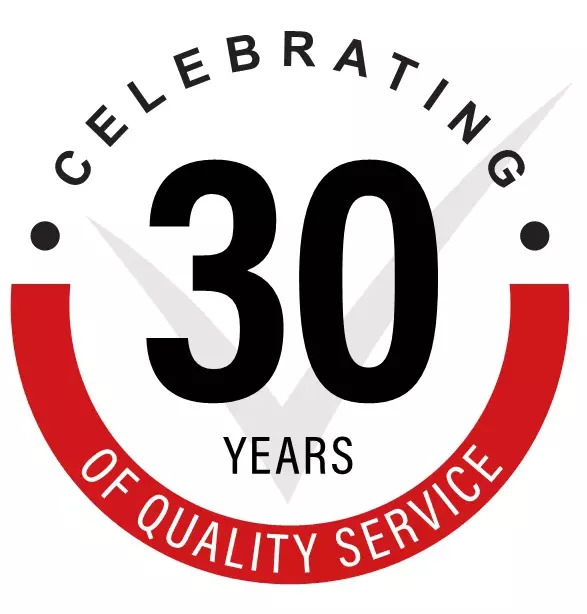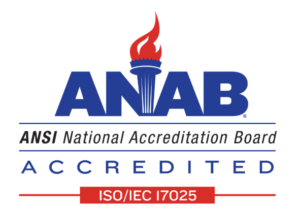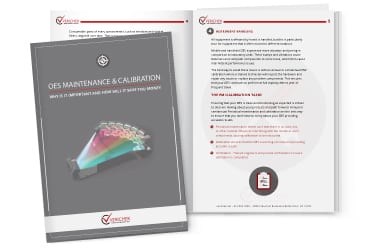Laboratory OES can easily detect Carbon, Phosphorus and Sulfur with-in metal alloys. Take the Lab OES technology and put it in a mobile package and the results will vary. What creates this variance?
Sensitivity to Vibration
Laboratory and Mobile OES instruments use an optical system on a focal curve to analyze light intensities with Photomultiplier Tubes (PMT) or CCD’s. When an instrument is moved around the PMT’s or CCD’s alignment will be moved by as little as nanometers. While the actual movement is small the impact it has on analysis results is HUGE. A few nanometers of movement can be the difference between accurate analysis and a service call. Outside Interference
Outside Interference
Atmospheric oxygen will filter light UV elements such as Carbon, Phosphorus and Sulfur. Argon flushing through the probe helps to prevent UV element destruction but when a crosswind picks up the argon is removed and the UV elements are destroyed. Operators should try to limit the amount of crosswind that a probe experiences or try to shield the probe from wind.
Probe Alignment
Aligning the probe to the testing surface whether the surface is flat or concave is critical to proper analysis results. Lean the probe face too far in one direction and it will distort the results. Adapters and seals can be used to create the proper seal
How To Fix These Issues
Advanced Spectrometer Training in Spark Mode will teach users how to identify proper PMI analysis techniques, instrument care, and data validation. Advanced Training also offers insight from the trainers first-hand experience. For more information on Advanced Spectrometer Training complete the Training Contact Form.



 OES MAINTENANCE & CALIBRATION:
OES MAINTENANCE & CALIBRATION: